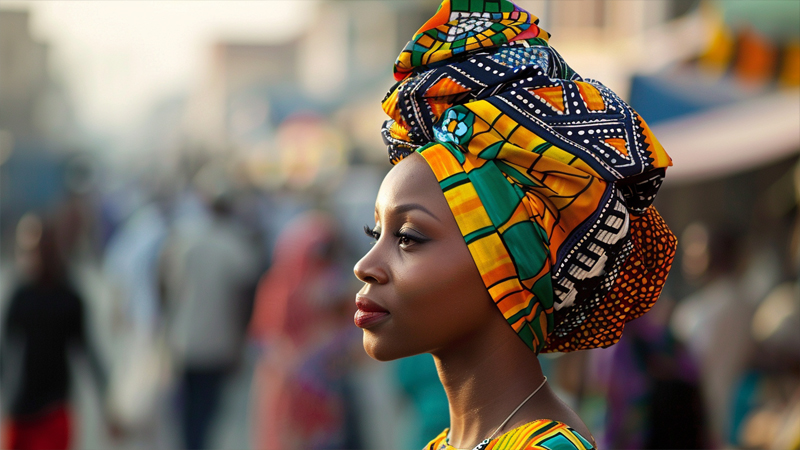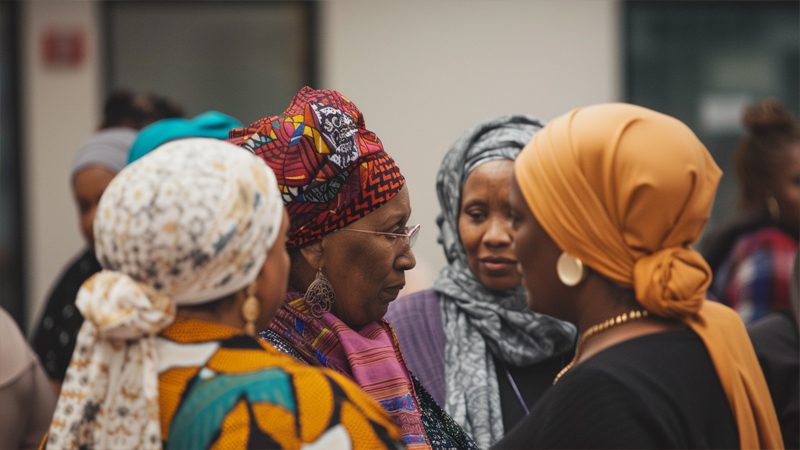
The first time I held my friend’s silk hijab, it felt like holding sunlight—warm, delicate, and full of stories waiting to unfold.
Muslim women’s head wraps have diverse names like hijab, shayla, and khimar, each reflecting cultural roots and personal faith journeys.
Let’s unravel these beautiful traditions stitch by stitch.
What are the different terminologies used for Muslim head wraps?
“Wait—that’s not just a scarf?” my neighbor gasped when I explained why I own seven different styles.
Common terms include hijab (general covering), niqab (face veil), shayla (draped style), khimar (cape-like veil), and turban-inspired designs.

More than fabric linguistics
I learned these differences through trial and error. At my first Eid party1, I awkwardly fumbled with a shayla2 while my friend’s aunt chuckled: “Let me show you the magic of a pin!” Now I keep a cheat sheet:
| Term | Description |
|---|---|
| Hijab | Any modest head covering |
| Shayla | Lightweight, draped over shoulders |
| Khimar | Flows down to the waist |
| Niqab | Covers face except eyes |
How do regional variations influence the naming of Muslim head wraps?
In Morocco, a vendor once winked as she tied my headscarf: “We call this tarha3 here—it’s like wearing a poem.”
Names shift across borders: Turkey’s tesettür, Iran’s rusari, Southeast Asia’s tudung.

Geography in threadwork
I’ve noticed:
- Gulf countries favor flowing shaylas in luxury fabrics
- West Africa embraces bold gele turbans with Islamic modesty
- Indonesia’s kerudung often includes built-in hoods
When my Syrian friend married a Malaysian man, their wedding blended her khimar with his culture’s tudung labuh—a gorgeous clash of traditions.
What is the difference between hijab, shayla, and other head wrap terms?
My cousin once joked: “Hijab is the textbook, shayla is the fancy pen.”
Hijab = broad concept of modesty | Shayla = specific draping style | Khimar = extended coverage | Niqab = face veil.

Decoding the wardrobe
Imagine walking into a fabric store:
- Hijab is the whole store
- Shayla is the satin aisle
- Khimar is the extra-long bolts
- Niqab is the lace section
A Palestinian friend taught me her “emergency hijab hack4” using a t-shirt—proof that creativity thrives within faith guidelines5.
What cultural significance does each term hold within the Muslim community?
“This isn’t cloth—it’s my voice,” my mentor once said, adjusting her ivory khimar before a speech.
Styles signal personal choices: cultural pride, devotion levels, or blending faith with modern life.

Silent conversations
Through years of Friday prayers and weddings, I’ve observed:
- Teens often choose colorful shaylas as self-expression
- Scholars may prefer simple white hijabs
- Converts sometimes adopt regional styles to feel connected
When I wore a Nigerian-style gele6 to mosque last year, three women immediately invited me to their cultural exchange group7—a testament to how styles build bridges.
Conclusion
These names aren’t labels—they’re love letters to faith, heritage, and individuality.
-
Explore this link for valuable tips and ideas to make your Eid party memorable and enjoyable for everyone. ↩
-
Discover the best techniques and styles for wearing a shayla with confidence and elegance. ↩
-
Exploring this link will deepen your understanding of the cultural importance of tarha in Morocco, enriching your knowledge of local traditions. ↩
-
Discover innovative ways to style a hijab quickly and creatively, perfect for those on the go! ↩
-
Explore how faith can inspire creativity and innovation in everyday life, enriching personal expression. ↩
-
Exploring the cultural significance of the Nigerian-style gele can deepen your understanding of its role in bridging communities. ↩
-
Joining a cultural exchange group can enhance your cultural awareness and foster meaningful connections with diverse communities. ↩




